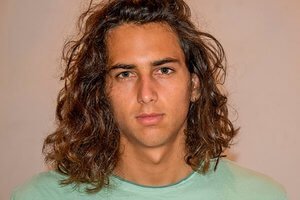
The tropical heat of a sunny day in “The Enchanted Islands” fell upon the grey costume I was wearing. With blurry vision from the inside of my strange attire, I was watching how the visitors enjoyed, laughed, asked questions, and took photos of me. Children were terrified and cried as they were chased by a “shark”. However, when I took off the mask … bright smiles returned to their faces and made me smile too. “Happy Oceans Day”, I shouted. I had many unique days like this as a volunteer at Charles Darwin Research Station (CDRS).
Fortunately, I was born in Galápagos and grew up on Floreana, one of the inhabited islands, with a population of approximately 150 people. “Conservation” and “evolution” are words I frequently heard during my childhood. Without Internet, television and cell phones — but surrounded by lizards, turtles, penguins, sea lions and finches – the foundations of environmental conscience were laid, and I became interested in studying Environmental Communication at the Universidad San Francisco de Quito.
As a member of the Communications and Public Relations team at CDRS, I participate in several activities, from being a “shark” at an event with the community to taking photos of scientists’ work, writing informative texts about their projects, being a part of an interview for a national TV channel, painting and designing elements of an event for the community, and more.
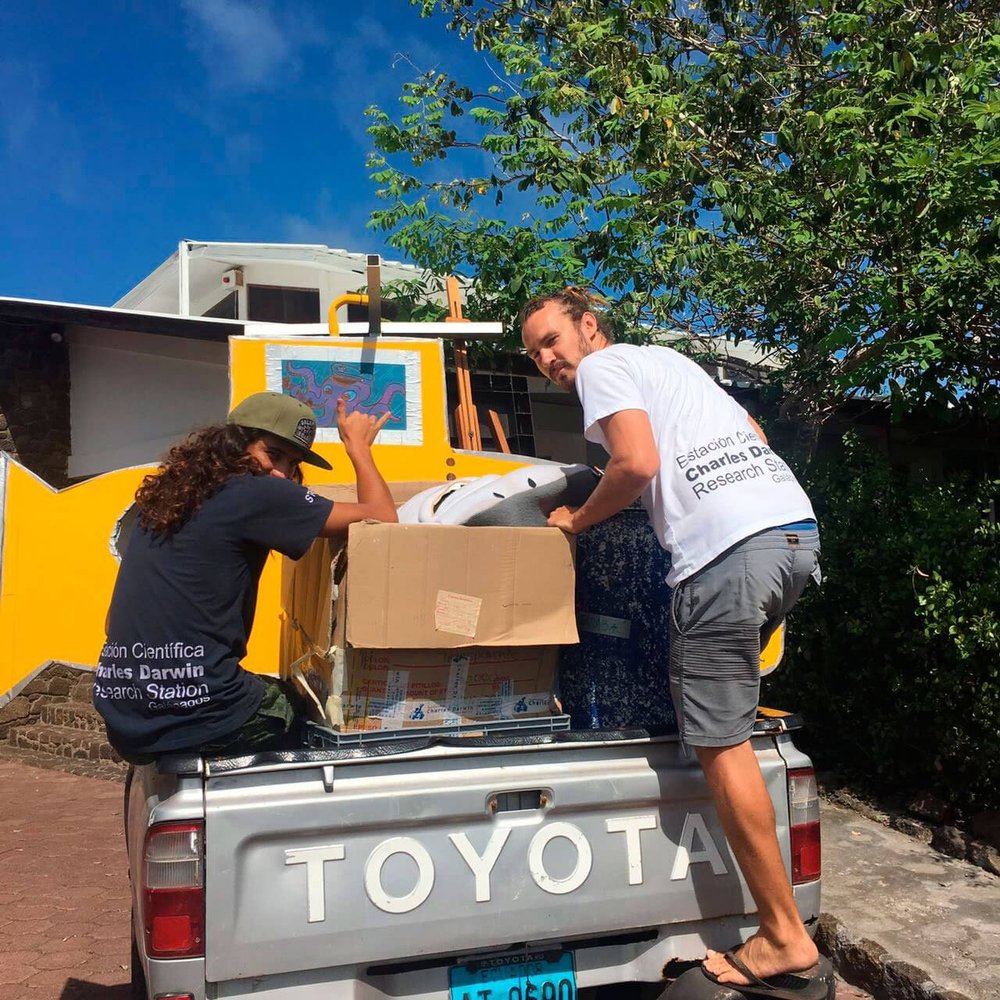
It is inspiring to see people from different places around the world come and contribute to conserve our Archipelago. A South African friend and another volunteer like me, helped construct a cardboard boat for Ocean’s Day, and in very basic Spanish he said, “this is the life of a volunteer!”. I am amazed by the power of people to create a better life. Without a doubt, we all could be agents of change on Earth, whether in our place of origin or elsewhere on the planet.
The Galapagos Islands, an archipelago considered a natural laboratory, is known worldwide for its unique species. It is also known for being an important tourist and scientific destination: the archipelago has let us comprehend the process of evolution and the importance of conserving these islands.
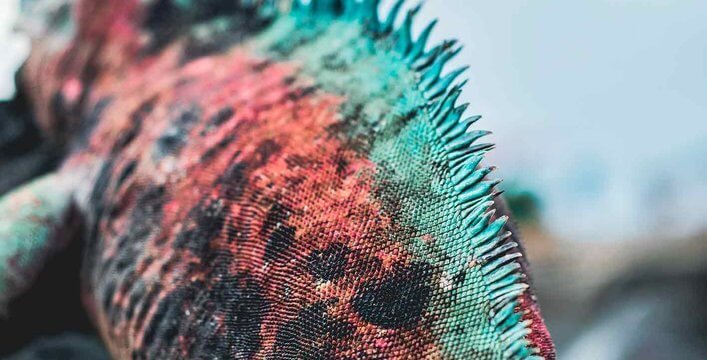
However, the Galapagos ecosystems, unique on our planet, are fragile and endangered. Human contact and exploitation over the centuries, in the islands and even from afar, as is the case with global climate change, requires us constantly to restore, protect and conserve the Galapagos.
“We have to change people´s attitude globally and nationally to ensure conservation, especially for future generations,” said Arturo Izurieta, Executive Director of CDRS, in an interview for a national television channel.
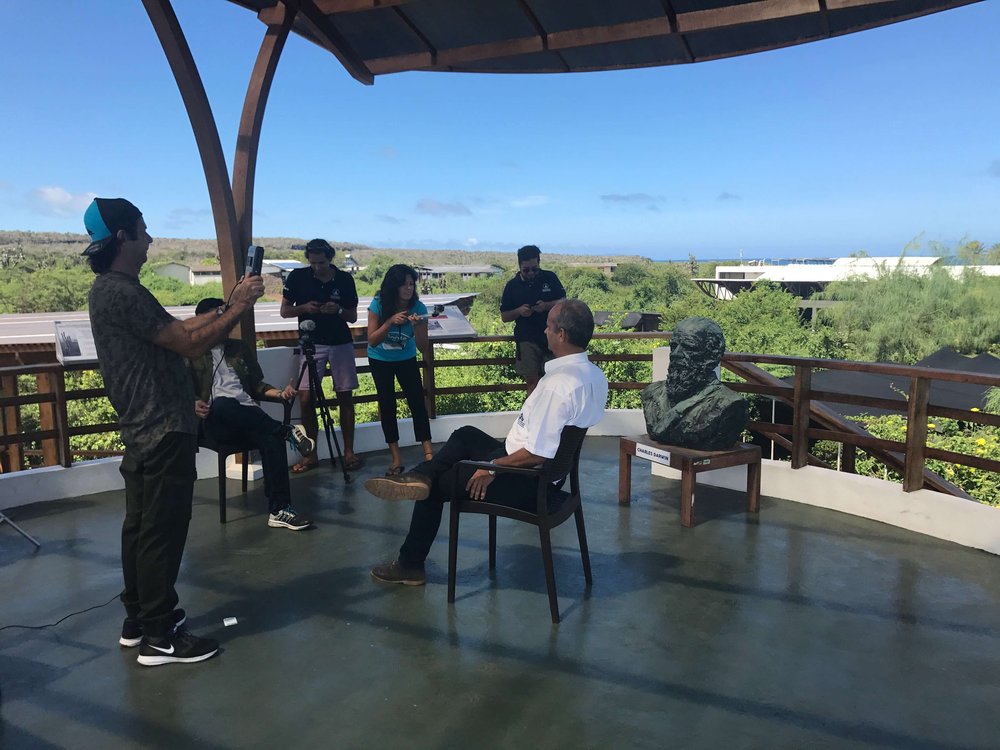
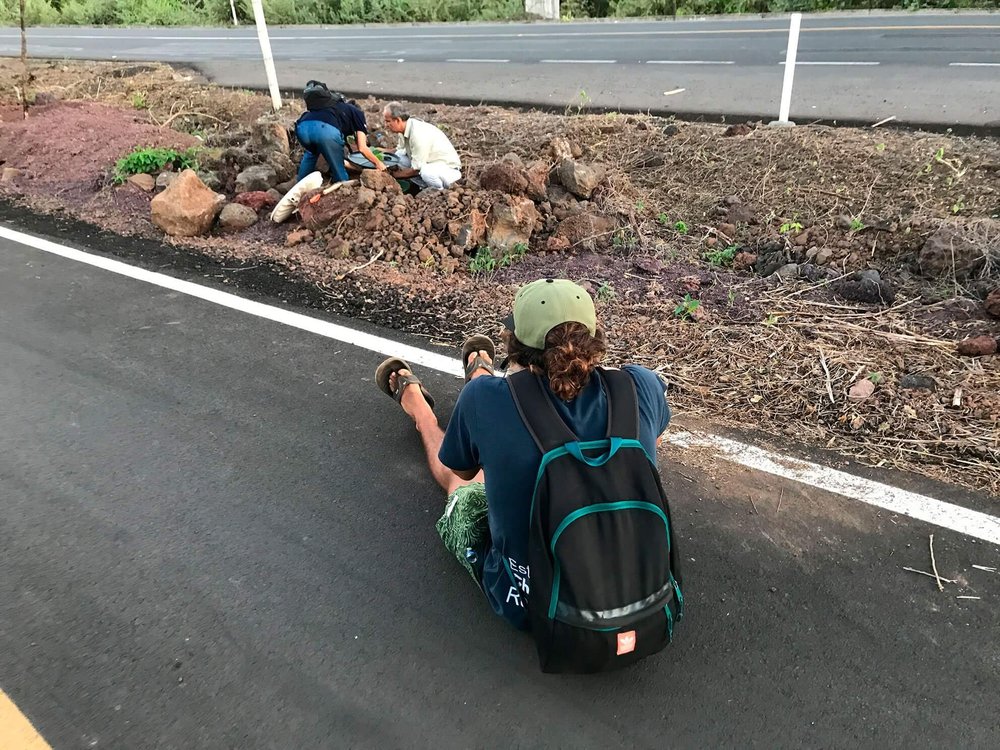
Now, thanks to my contributions as a volunteer and my more focused work on environmental communications, I feel well equipped to pursue this career and I am grateful to have been part of the CDRS. My little contribution is part of the Charles Darwin Foundation’s larger goal to conserve the Galapagos Islands.
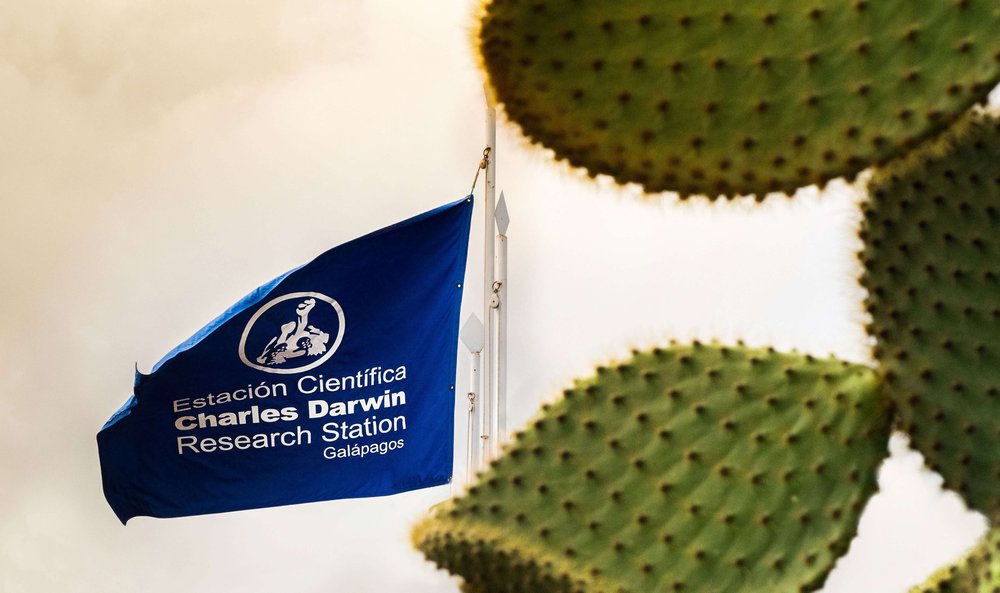
Get Involved
if you are interested in learning more about volunteering in Galapagos, please visit the Charles Darwin Research Station website for volunteer information.
Andrés Cruz is 21 years old, and from the Galapagos Islands. A student of Environmental Communication at the Universidad San Francisco in Quito, he is an amateur nature and sports photographer. Before being a volunteer at the Charles Darwin Research Station in Galapagos he was part of a community support program in Oahu, Hawaii with Surfing the Nations.
